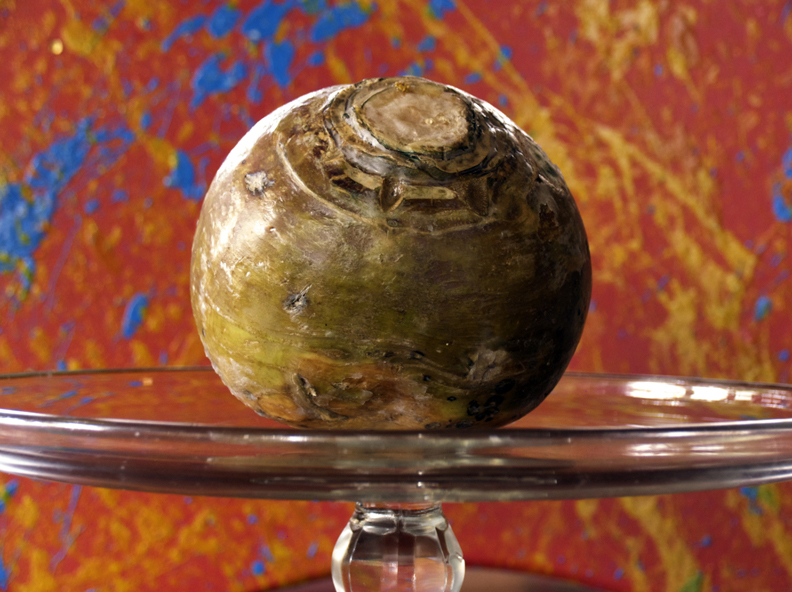In the Tank for Rutabaga
It must have something to do with my Finnish roots, but I like rutabaga. The homely looking relative of turnip and cabbage is a staple in Finland, while here in the U.S. it doesn’t have the widespread appeal of say, Brussels sprouts.
Ownership of the humble rutabaga is—like language, cross-country skiing, and hockey—a source of rivalry between Finland and Sweden. Some insist that it originated in Finland, yet its name comes from the Swedish word rotabagge, and in many parts of the world it is known as a Swedish turnip or Swede.
Rutabaga by any name or ethnicity is an acquired taste—one that I acquired as a kid eating it mashed and in pasties, that Upper Peninsula take on the Cornish meat and vegetable pie. This is a favor I’ve passed along to our kids (and yes, Paige and Graham like rutabaga, too).
But because it is not the most popular crop on the farm it’s looking mighty attractive to some folks in East Lansing, where Michigan State University researchers are experimenting with the rutabaga as a source of biofuel. If it’s not being eaten it might as well power those trips to the market, right?
I just don’t know if I can get used to paying for rutabaga by the gallon.
In the meantime we’ll continue to enjoy the root vegetable browned, in soups and pasties, and, as we frequently do:
Mashed Rutabaga
Peel and dice (not too small) a rutabaga
Cover with cold water and cook until fork-tender
Drain, add to taste (amounts depend on size of rutabaga):
-a few tablespoons of butter
-a couple of tablespoons of Maple syrup
-coarse salt and pepper to taste
Mash and enjoy.
If you don’t enjoy, add more syrup, butter, or both.
All stories and photos copyright Kath Usitalo unless otherwise noted







